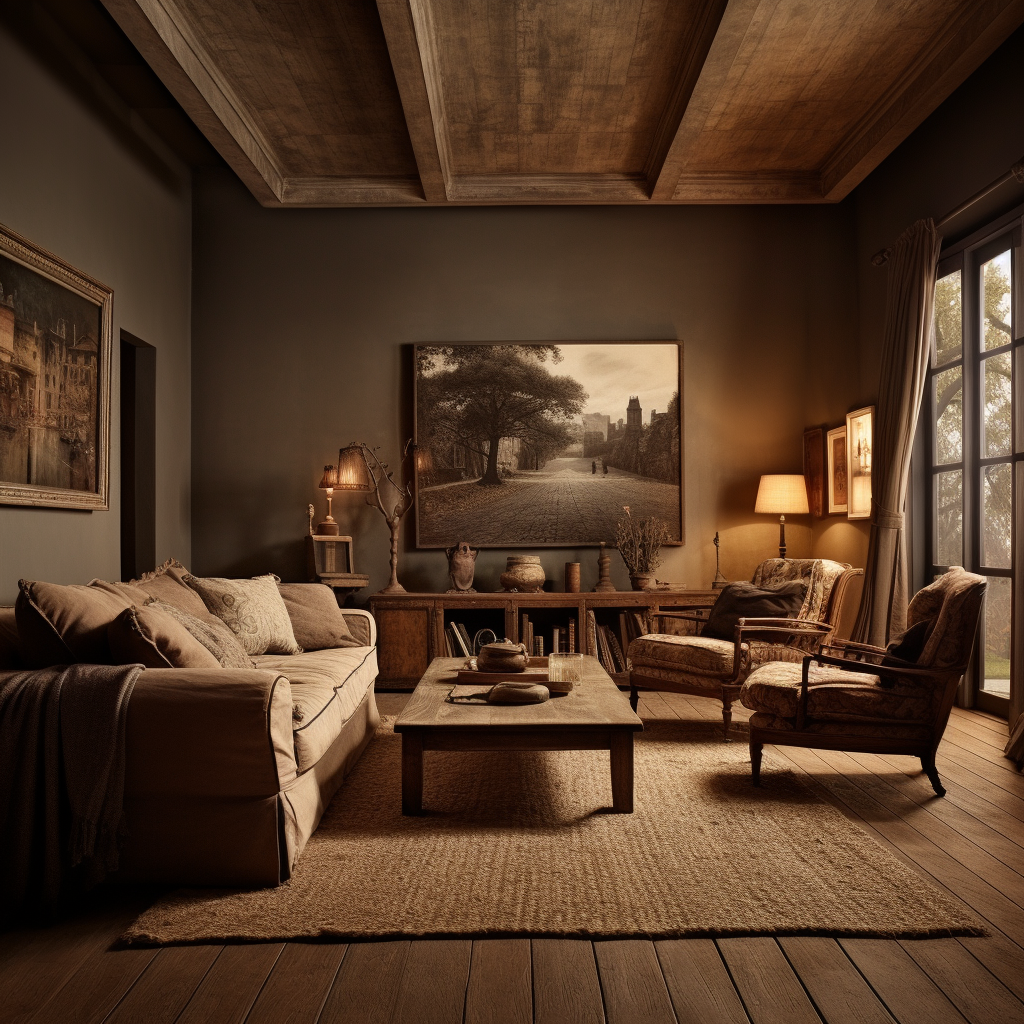Roman clay and limewash are two different materials used for interior wall finishes, each with its unique characteristics and effects:
What is Roman Clay?
Texture and Appearance of Roman Clay
Roman clay is known for its rich, textured appearance. It can be applied in various ways to create a range of finishes, from smooth and refined to heavily textured. It typically has a matte or low sheen finish.
- Application: It is usually applied with a trowel or spatula and requires a certain level of skill to achieve the desired effect. Multiple layers may be applied for depth and texture.
- Colour Options: Roman clay can be tinted in a wide range of clay colours.
- Maintenance and Durability: It is generally durable but can be prone to chipping or marking if not applied correctly. The maintenance can vary depending on the finish.
- Environmental Impact: Roman clay is not as inherently eco-friendly as limewash, but it can be made with natural and non-toxic ingredients.
What is Limewash?
- Texture and Appearance: Limewash provides a unique, traditional look with a chalky, matte finish. It's known for its ability to create a weathered, patina effect over time.
- Application: It is easier to apply than Roman clay and can be done with a brush or a roller. Limewash is absorbed into the wall and bonds with the underlying material.
- Colour Options: The colour range is more limited compared to Roman clay, typically offering natural, earthy tones.
- Maintenance and Durability: Limewash is less durable than Roman clay and may need to be reapplied every few years. However, it's easy to touch up.
- Environmental Impact: Limewash is environmentally friendly and has natural antibacterial properties. It is made from lime and water, making it a more sustainable choice.
Limewash paint, dating back to the Roman empire, is made from crushed, burned limestone mixed with water and coloured with natural pigments. Jamie Davis, co-founder of Portola Paints & Glazes with his brother Casey Davis, finds inspiration in the natural beauty of limestone and Roman Clay. Limewash paint is not only eco-friendly and non-toxic but also enhances indoor air quality and very breathable.
Have a look at our recommended lime wash paints here
In summary, Roman clay offers more versatility in texture and colour but requires more skill to apply, whereas limewash is easier to use, environmentally friendly, and provides a distinctive traditional aesthetic. The choice between the two depends on the desired aesthetic, the level of maintenance you're willing to undertake, and environmental considerations.
We recommend these clay paints for modern walls (and traditional!)
The use of limewash and roman clay in the world of interior design
In this Harper's Bazaar article, designers like Jake Arnold and Oliver Gustav are featured for their innovative use of limewash in interior design. Arnold, inspired by Axel Vervoordt, often opts for plaster walls in his projects, choosing hues that range from dark to warm, enhancing the spaces with an organic yet luxurious feel. Gustav's experience in Copenhagen, where he adapted the colour scheme of a historic mansion, showcases his unique approach, drawing inspiration from the artwork of Vilhelm Hammershøi. These anecdotes underline the versatility and aesthetic appeal of limewash in modern design.
From sleek to rustic
Interior design has evolved from the ultra-sleek styles dominated by glass, chrome, and polished wood to a more natural, softer aesthetic. As we spend more time at home, interiors are increasingly featuring rattan, cane chairs, ceramics, linen, shearling, and rustic wood.
The common backdrop for these earthy tones and textures is often limewash paint, an ancient technique that's gaining modern popularity. This shift is exemplified by interior designer Jake Arnold, founder of The Expert, and his incorporation of plaster walls and warm, textured colours in his designs.
Oliver Gustav and Jamie Davis
Danish designer Oliver Gustav, known for his warm gray-and-beige palette, delves into his journey with limewash paint. Moving to a historic mansion in Copenhagen, he faced strict colour restrictions from the Cultural Heritage Agency of Denmark. Gustav's proposed colour scheme, inspired by Danish artist Vilhelm Hammershøi, was eventually approved, further fueling his fascination with limewash paint and wall finishes.
Jamie Davis highlights the current trend of blending old and new in design, with textured walls adding a subtle yet impactful design element. He explains the differences between Portola's Lime Wash and Roman Clay, noting their distinct applications and textures. These finishes offer a range of cool grays, warm tans, and rich whites, ideal for photography in today's visual culture. The variation in colour comes from the contrast between the pigment and the white lime in the paint.
What do we recommend?
For coloured clay paint we recommend the Auro 535 Clay Paint, and for white we recommend the Auro 331 White clay paint.

Hi! I’m Chris, the founder of The Organic & Natural Paint Co, and I’m focused on the education and promotion of natural non toxic alternatives to chemical laden everyday products that we just take for granted. We have a choice, and I want to raise awareness of alternative products that don’t actually harm us!
This company is my way of pushing the awareness of better indoor air quality, something that I am personally passionate about due to my own children’s breathing medical conditions. I just couldn’t paint with big brand standard petrochemical paint any longer and wanted another solution.
Read more: About me
Twitter: NaturalPaintCo
Instagram: cleanairclubofficial


